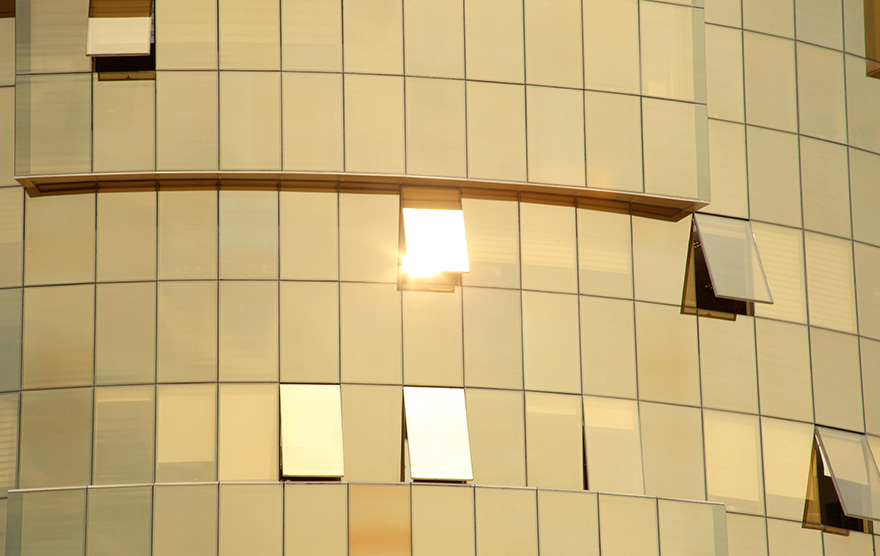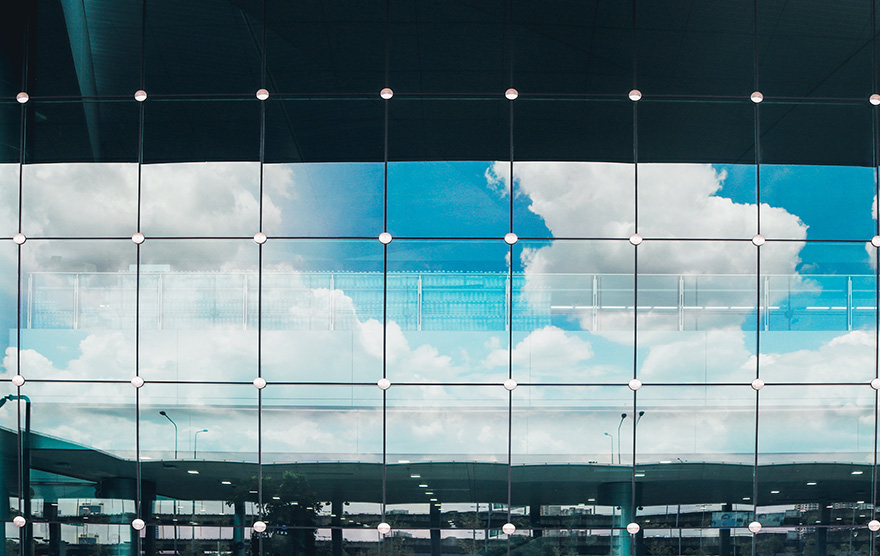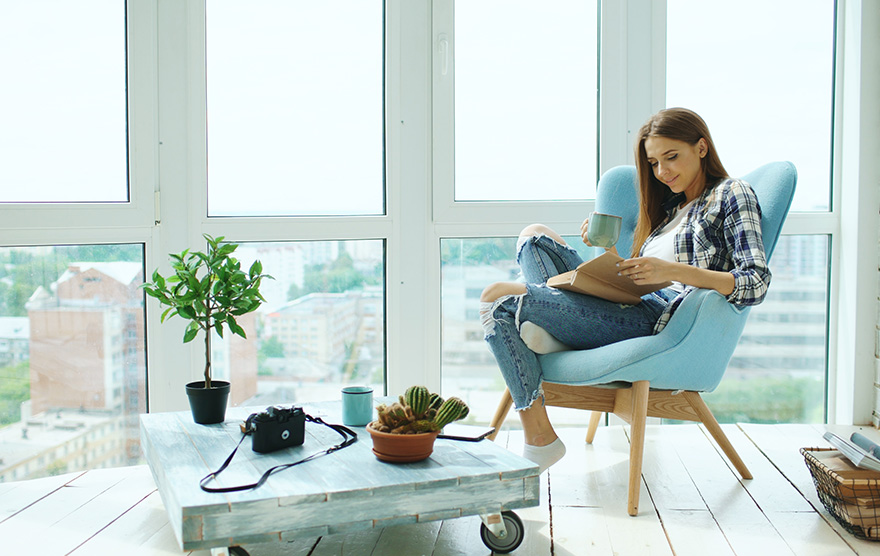Modern spaces cater to very different demands these days. Gone are the times when the loudest noise in an average person’s life was them raising their voice, or the distant noise of machinery toiling in a factory. Modern architecture has to deal with urban noise. The constant drill of a city at work. Cars, planes, construction, loudspeakers, the voice of the world around us now penetrate not only our waking moments but our sleeping ones too.
This is a problem. Studies have found that an excess of noise leads to lower productivity at the workplace and even contributes to low test scores in schools.
This is the reason architects actively seek soundproofing solutions for both residential and commercial use. Office buildings, homes, hospitals, movie theatres and even places of worship need to protect their inhabitants from the constant onslaught of the outside world.
How do we achieve soundproofing?
There are five tenets of soundproofing that are always followed to deliver peace and quiet. They are:
Mass
Mass or the thickness of the material is the first layer that breaks down the vibration of sound. As sound is energy, the more mass there is, the more energy is required to make it vibrate. So, the thicker the material, the lesser the sound that passes through.
Mechanical isolation
Mechanical isolation is basically separation of material. As we have established before, sound is energy. So, by mechanically separating the materials and wedging them with an air pocket or a different material further helps dissipate the sound.
Absorption
Soft materials or materials with high absorption capabilities soak up the sound wave’s energy. This weakens the sound further as instead of reflecting it, it dissipates within the material.
Resonance Dampening
Some setups can also dampen the sound by converting the sound energy into heat. This reduces the resonance of the sound.
Conduction
Conduction refers to the transfer of energy from one material to the other. By breaking this flow of energy between materials, we can dissipate sound.
Soundproof Glass
Also known as acoustic glass, fulfils a majority of these tenets by providing a higher level of insulation. What sets soundproof glass apart is its manufacturing. While regular glass is melted, refined, cut, coated and annealed, soundproofing glass requires a few more steps. Two pieces of glass are layered on each other with a specially designed Polyvinyl Butyral (PVB) interlayer between them. This layer works both as an adhesive and an insulator. It holds the 2 panes of glass together.
The PVB layer also forms a barrier between the glass panes. It absorbs the sounds and vibrations travelling from one pane to the next. Soundproofing though does not refer to the complete absence of sound, it means a considerable reduction in sound. Depending upon the quality of the glass and its thickness, you could achieve up to 90% of sound insulation.
AIS Acousticglas™
AIS specializes in
soundproofing glass. Our AIS Acousticglas™ ensures a flawless single-pane look. The PVB layer is applied in such a way that you cannot see the separation of the two panes. It also reduces external noise by 90%, a marked 60% more than ordinary 5 mm glass. That means your indoors will be nearly devoid of external distractions up to 42-decibel dip in sound intrusion.
Depending upon the level of soundproofing required, different grades of acoustic glass, based on size, thickness and grading can be installed.
But why do we need soundproofing? Apart from the general sound insulation and the promise of peace and quiet it provides, how else does it deliver on better living?
The Benefit of Soundproofing
Acoustics
By blocking external noises, you create a better acoustic environment for yourself. You can set up your entertainment room, study room and lounge area such that they become a zone unto themselves. You can look at our complete insulation solutions here <link to website category> and make your dream space a reality.
Peace of Mind
The noise of traffic, people yelling, and street vendors are now a thing of the past. Soundproof your home and don’t let external noises disturb your binge-watching, reading, parties or anything you wish to do inside your home!
Create Dedicated Zones
Now that noise is not an issue, you can create different, isolated zones in your home. One dedicated to studying and reading, one dedicated to watching movies and shows, like a personal home theatre. The possibilities with soundproofing are endless!
Where Should You Implement Soundproofing?
There can be no half-measures while doing soundproofing. You have to establish set goals and depending upon your ideal setup, approach soundproofing. However, listed below are a few places, ideal for sound insulation.
Doors
They are not only the point of entry and exit for the inhabitants, but also for sound. Uninsulated doors are one of the most common points of inflexion as sound seeps in through its edges. That’s why high-quality acoustic glass doors are much preferred in both residential and commercial spaces. They provide greater strength and unmatched soundproofing, enabling you to separate your zones and create undisturbed experiences in each room.
Windows
They are the doors to the outside world. They show us all that exists beyond our walls and bring in all the noises of the world. Incidentally, they are also the most popular application of soundproof glass. High-quality, thick soundproof glass with fused and double-sealed window frames is the best way to insulate any room. The reward and impact that this generates are significant as it helps with acoustics, without compromising on your view.
Wall Separators
A very useful tool when changing the layout of any space. Mostly used in commercial office spaces but most homes have also come to see the benefit of it. Of course, unless they are soundproof they do not serve their purpose effectively. What with all the sound crossing over the separation. Insulated glass wall separators enable its inhabitant to effectively use the space while maintaining privacy and providing a safe space to work and unwind.
Recording studio
Insulation becomes very important for recording studios. When dealing with sensitive equipment that can pick up even the slightest vibration, a neutral audio zone is key. It is recommended to use a combination of insulated wall separators, doors and windows for such spaces.
Hospitals
Sound insulation is important for hospitals not only because of the patients but also because of their equipment and doctors. They house a lot of precision equipment whose results may vary in case of unnecessary sound intrusion. Doctors need an undisturbed space while in surgery or evaluating a patient. And the patients of course need a safe space to recover and get better.
Now, it is understandable that one may feel a little lost when actively looking to find soundproofing solutions.
Don’t worry, AIS can be your
one-stop glass supplier as we have a full suite of integrated soundproofing solutions that you can use to transform any space. Since we started in 1984, we have quickly expanded to become India’s leading glass company in both construction (commercial and residential) and automobiles. Our products always follow the global standards of quality, and we have our own team of highly trained experts who can guide you on your journey of transforming your space.


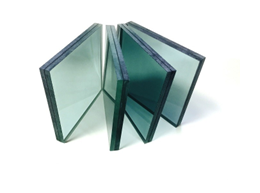




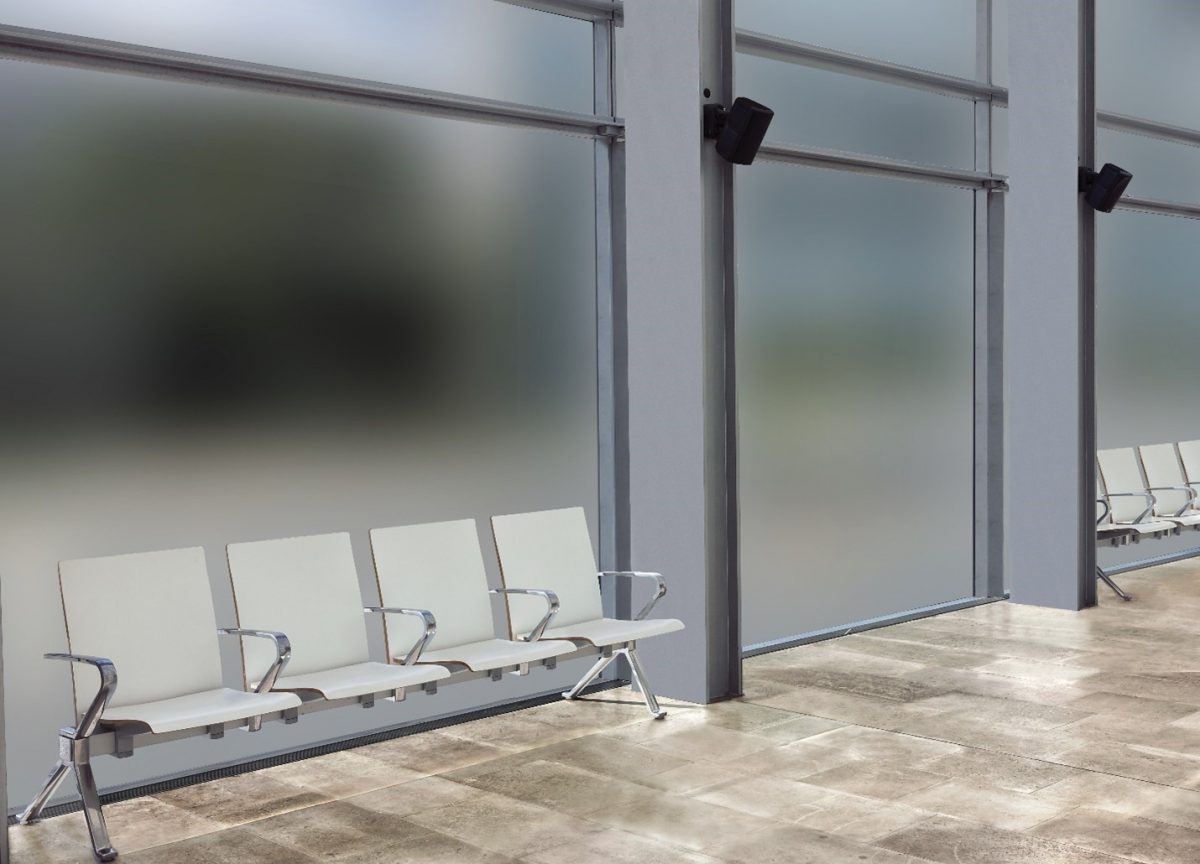

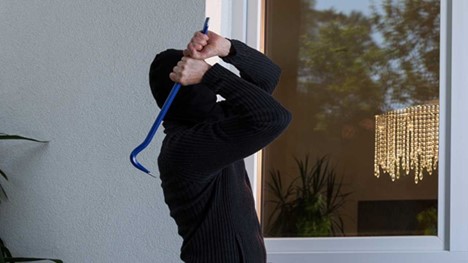
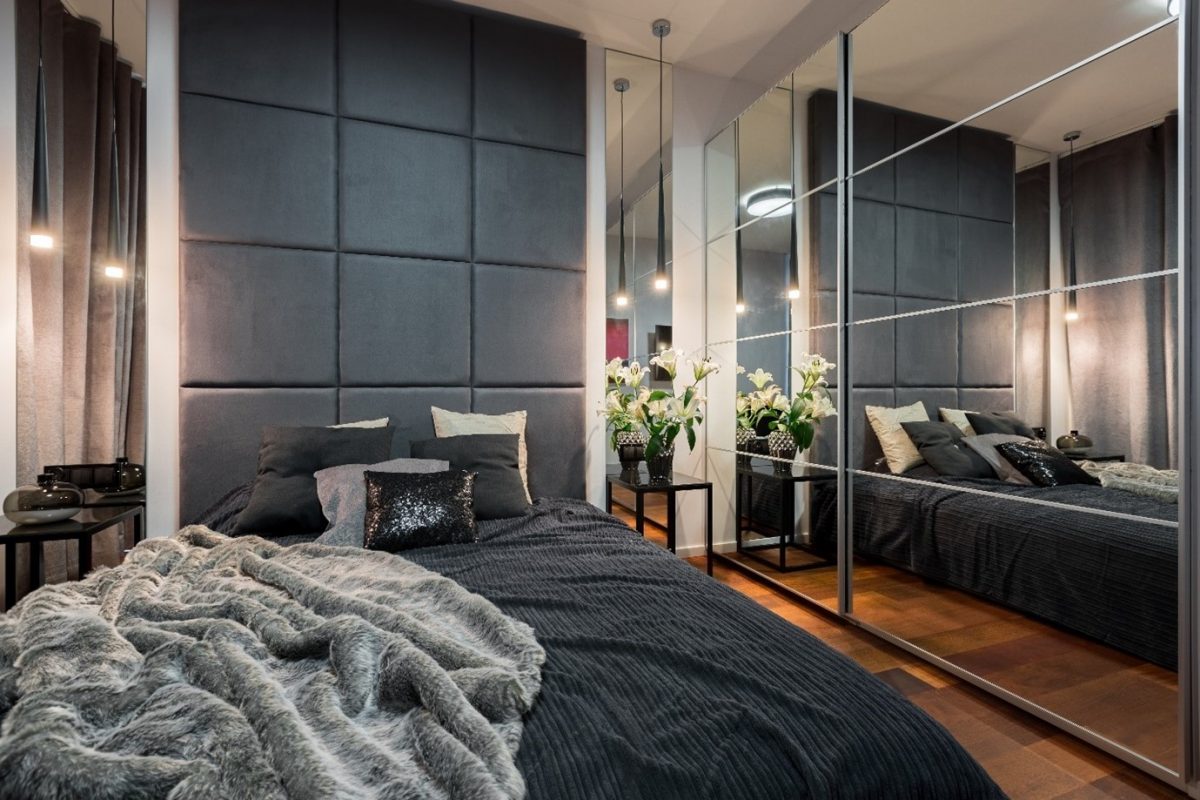


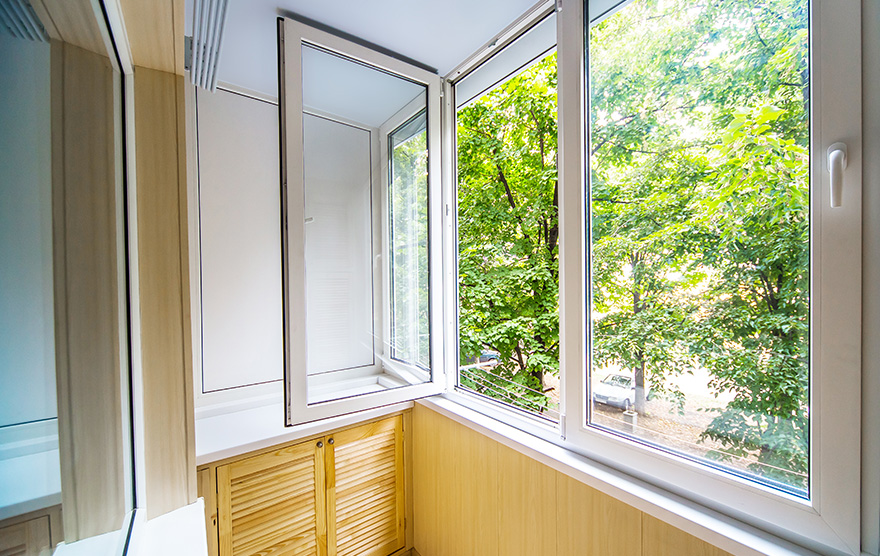

![]Sound Proofing Glass at Home & Offices](https://www.aisglass.com/wp-content/uploads/2023/03/Image-145.jpg)

